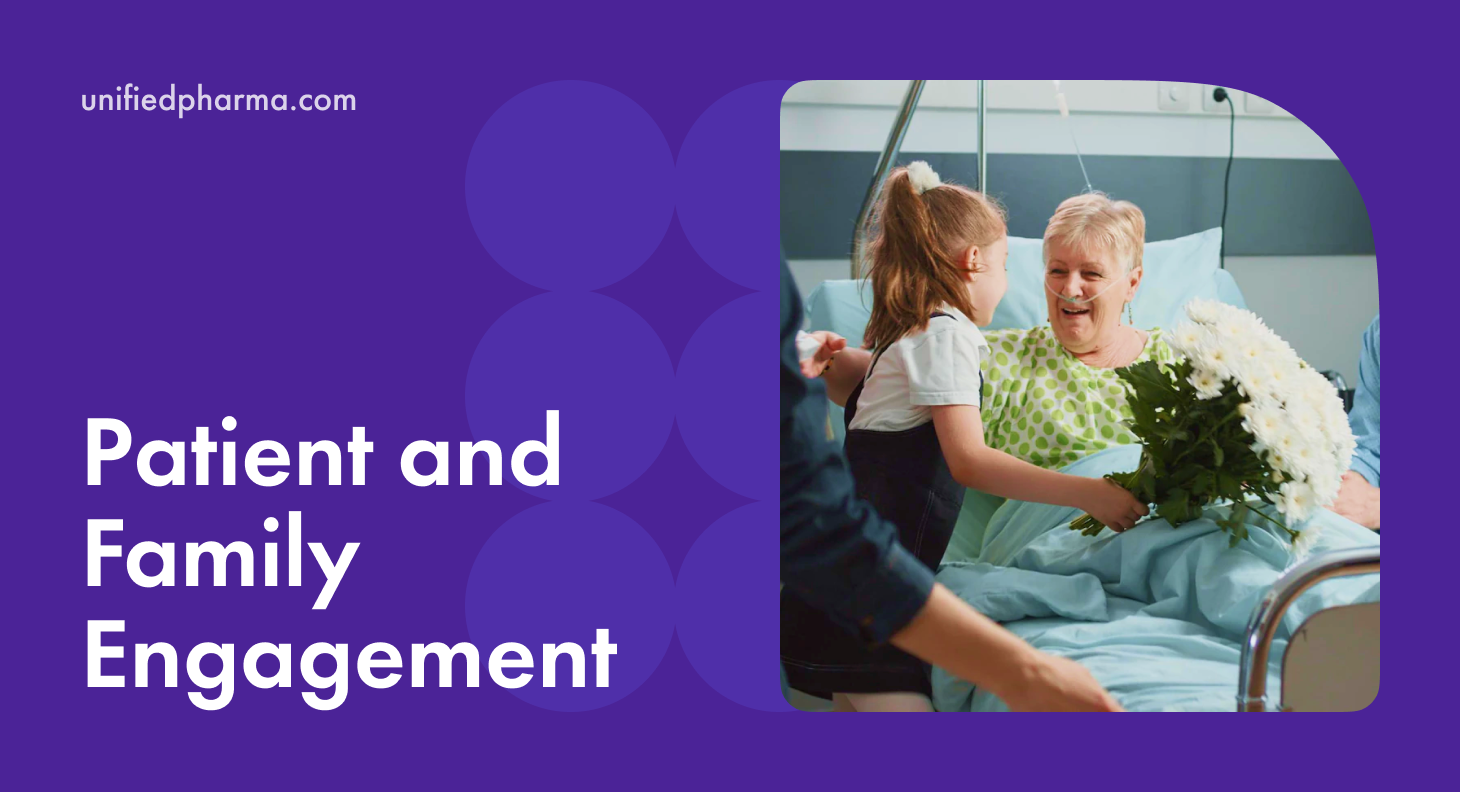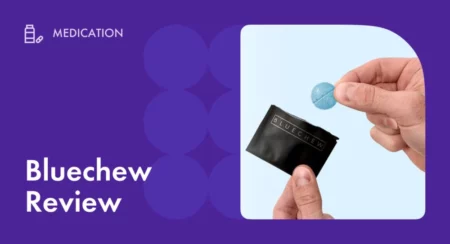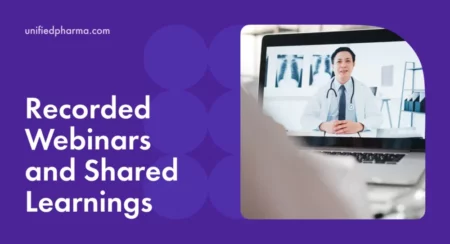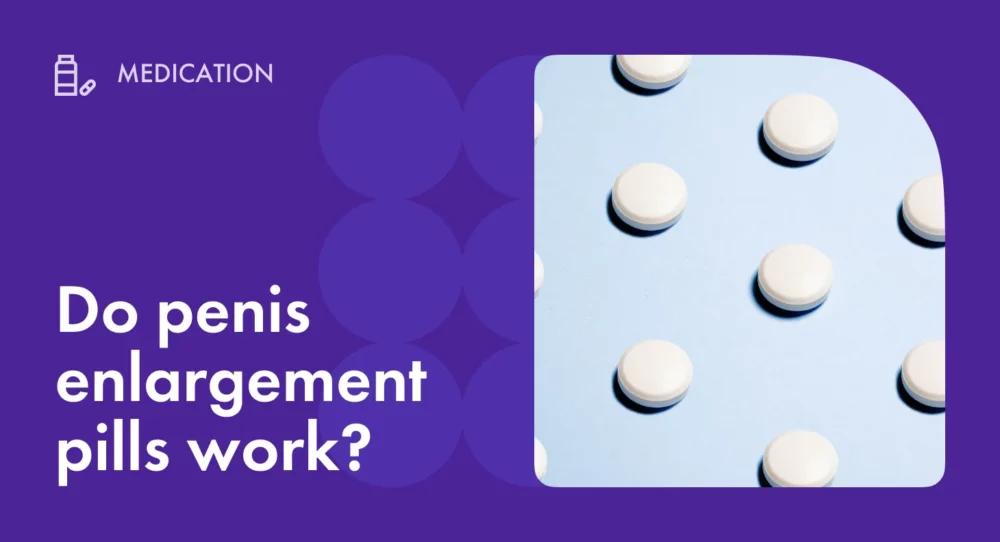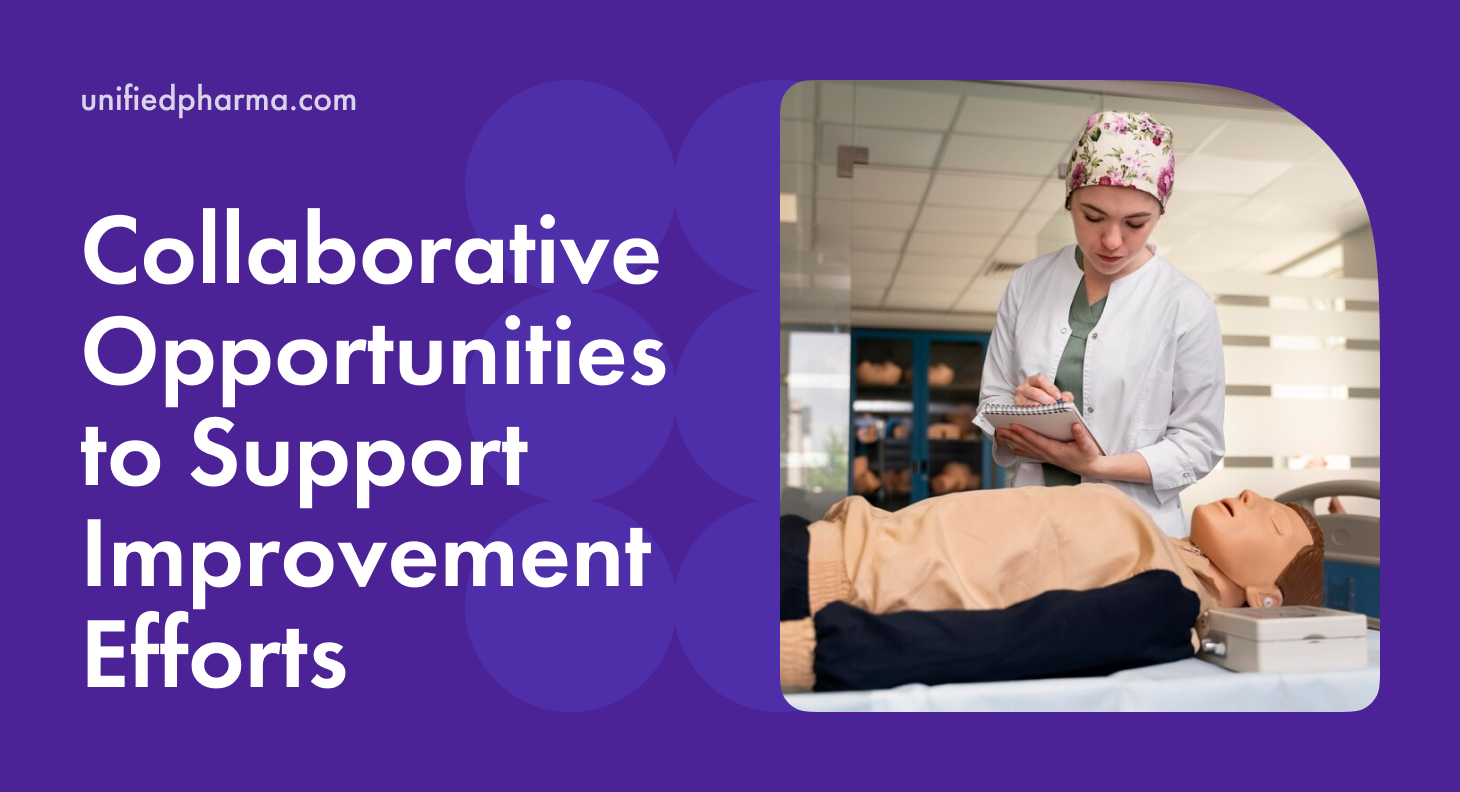Gap Analysis
Effective patient and family engagement is dependent on structures and processes. Implementing or enhancing a patient and family engagement program should start with a gap analysis to examine how your organization is currently performing. The gap analysis provides insight into the needs for improvement. Patient and Family Engagement Gap Analysis (2-page Word doc)
Tools and Resources
Care Planning
Discharge Preparation Checklist. A structured checklist of 10 critical activities a patient must be able to do to manage their care. (1-page PDF)
Your Discharge Planning Checklist. CMS developed a checklist that prompts patients and caregivers to ask questions about key discharge planning topics including their likely care needs, the options for continuing care, post-discharge care instructions, community-based resources, and more. (6-page PDF)
Engagement
Guide to Patient and Family Engagement in Hospital Quality and Safety. Agency for Healthcare Research and Quality developed this tested, evidence-based resource to help hospitals work as partners with patients and families to improve quality and safety. Topics include:
- Working With Patients and Families as Advisors
- Communicating to Improve Quality
- Nurse Bedside Shift Report
- IDEAL Discharge Planning
Self-care
Asking Questions to Get the Care You Need. 3 minute video. May 2010. Agency for Healthcare Research and Quality, Rockville, MD. Video Advice Column from Dr. Carolyn Clancy, Navigating the Health Care System.
Taking Care of Myself: A Guide for When I Leave the Hospital. A guide for patients to help them care for themselves when they leave the hospital. The easy-to-read guide can be used by both hospital staff and patients during the discharge process and provides a way for patients to track their medication schedules, upcoming medical appointments, and important phone numbers.
Tips for Taking Medicines Safely. 3 minute video. May 2010. Agency for Healthcare Research and Quality, Rockville, MD. Video Advice Column from Dr. Carolyn Clancy, Navigating the Health Care System.
Transitions of Care Checklist. Provides a detailed list of topics to discuss prior to patient/clients/caregivers discharge to assess patient’s care plans. Developed by the National Transitions of Care Coalition. (6-page PDF)
Models
Care Transitions Program. Care transitions coaches support patients by providing specific tools and teaching self-management skills to ensure that patient’s needs are met during the transition from the acute care setting to home.
- The Care Transitions Intervention. Eric Coleman, MD, director of the care transitions program at the University of Colorado in Denver, explains how to improve transitional care through engagement at the patient, provider, and health care institution levels. For each of these multiple levels, promising new innovations are featured. These include a transition specific self-care model that has been adopted by leading health care systems, new tools for detecting medication problems that arise during care transitions, and state-of-the-art performance measurement tools. The presentation concludes with a discussion of important developments in transitional care policy at the national level. (Recorded June 8, 2011) Part 1 (26-minute podcast), Part 2 (25-minute podcast)
Project RED (Re-engineered Discharge). Standardized discharge intervention; includes patient education comprehensive discharge planning and post-discharge telephone reinforcement. Developed by the Boston University Medical Center.
Safe Transitions of Care Pilot by the Minnesota Hospital Association. Building on hospitals’ ongoing work to reduce readmissions, MHA focused on improving patient safety by standardizing core elements of information during transitions of care between hospitals and across settings. MHA identified patient safety gaps due to transitions of care and core elements of information to close these gaps. Thirteen hospitals participated in MHA’s pilot to incorporate the core elements into the discharge process. This webinar shares the lessons learned from the MHA safe transition pilot. (Recorded May 25, 2011) Part 1 (21-minute podcast), Part 2 (23-minute podcast) Handout (35-page PDF)
Health Literacy
“Building Health Literate Organizations: A Guidebook to Achieving Organizational Change” takes the attributes described in Institute of Medicine discussion paper, “Ten Attributes of Health Literate Health Care Organizations” to the next level (27-page PDF). The guidebook, by Dr. Mary Ann Abrams and colleagues:
- helps health care organizations of any size engage in organizational change to become health literate.
- complements many health literacy resources, including AHRQ’s Health Literacy Universal Precautions Toolkit, helping organizations use them effectively and reliably. (227-page PDF)
Read Impact Studies about how health care organizations have used AHRQ’s Health Literacy Universal Precautions Toolkit at: http://www.ahrq.gov/literacy.
Limited English Proficiency
Improving Patient Safety Systems for Patients With Limited English Proficiency: A Guide for Hospitals. This guide focuses on how hospitals can better identify, report, monitor, and prevent medical errors in patients with limited English proficiency (LEP). Developed by The Disparities Solutions Center
TeamSTEPPS Enhancing Safety for Patients With Limited English Proficiency Module. This Agency for Healthcare Research and Quality (AHRQ) evidence-based training module will provide insight into the core concepts of teamwork as they are applied to your work with patients who have difficulty communicating in English. The toolkit includes an interpreter briefing exercise for patient discharge.
Key Literature
Promoting Effective Transitions of Care at Hospital Discharge: A Review of Key Issues for Hospitalists. Sunil Kripalani, Amy T. Jackson, Jeffrey L. Schnipper, and Eric A. Coleman. Journal of Hospital Medicine, Vol 2, No 5, Sept/Oct 2007.

